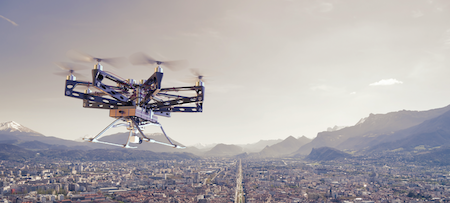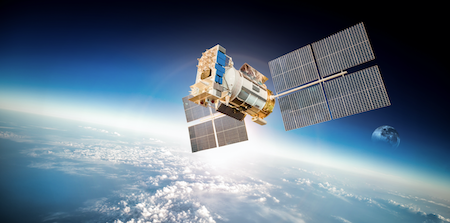In the past . 30 years, more and more devices have started using the US Global Positioning System (GPS) and related global navigation satellite systems (GNSS). This trend contributed to Europe’s decision to create its own system, Galileo, and this began offering initial services at the end of 2016. As well as Galileo, the Indian Regional Navigation Satellite System (IRNSS) now has a full constellation, and there are rapid developments in several commercial industries. So, 2017 promises to be an interesting year for developments in GNSS. Here are a few of the industry changes we expect to see this year…
Space
On December 15th 2016 Europe’s state-of-the-art Global Navigation Satellite System, Galileo, began offering initial services to public authorities, businesses and citizens. As a result, 2017 will see a huge growth in the uptake of multi-frequency in a range of new devices and services. The advantages will not only be felt in having a greater number of satellites to provide greater stability and accuracy, but also in the improved performance of the new system.
Added to this, 2017 will be the first full year with the completed IRNSS constellation. This localized system will offer India and surrounding countries greater consistency and stability of PNT service than ever before. From this we can expect to see devices manufactured for the Indian market containing different chipsets from their counterparts sold elsewhere
Automotive
Testing that factors in the dynamics of the vehicle under test as a controlled input into a closed loop – known as Hardware-in-the-Loop (HIL) – is not a new concept. First employed in the aerospace industry, 2017 will see more and more connected autonomous vehicles (CAVs) tested using HIL simulation to validate a range of sensors – including GNSS. As more challenges facing CAVs are encountered and identified, the need to test without risks to assets and to human lives will grow. Several high-profile cases of sensor and system failures over the past 12 months have highlighted the need for this technology, and there is already an upswing in adoption amongst automotive developers.

Drones
2017 could well become the year in which unmanned aerial vehicles (UAVs) become comprehensively regulated by national and international bodies. With a proliferation of private and commercial devices being seen around the world, and with a broad range of industries investigating the benefits of UAVs for them, the need for regulation has never been greater.
Enough has been written about the dangers to people, to infrastructure, and even to commercial airliners for it not to need re-emphasizing. To address these dangers regulatory bodies are already convening to both classify UAVs and put in place clear guidelines visible to everyone. The standardizing of altitude restrictions and geofencing will lead to a further legal dependency on positioning sensors – primarily GNSS – and could result in regulation of testing: an advantage to those already prepared.
Personal Devices
As the use of GNSS receivers in personal devices increases, the size of the devices in question decreases. This is, obviously, not always the case – indeed, many mobile phone product lines are getting bigger with each iteration – but miniaturization is a key topic for 2017. New miniaturized multi-GNSS receivers, drawing less power than ever before whilst generating a high degree of accuracy, are changing what’s possible in a device.
However, it’s not as simple as having space for a receiver, integrating the receiver, and having a reliable GNSS-enabled device. Just because it fits does not mean it will work! Enabling GNSS in your device opens a myriad of new opportunities, but a robust testing plan can be the real driver for success.
Timing
There’s a growing awareness of GNSS vulnerabilities and the impact on networks reliant on GNSS time. In 2016 we saw how a time error, caused by a software error, could knock out a nationwide radio network (for more information see this BBC article).
It seems probable that, at some stage, standards bodies will include testing procedures into GNSS requirements for critical networks. The likelihood of a satellite failure increases as more existing satellites – particularly in the GPS constellation – move beyond their original designated lifespan, meaning protecting yourself against such an event is already an important consideration.
Simon Loe Spirent Communications
Read more about how to test GNSS receivers.


